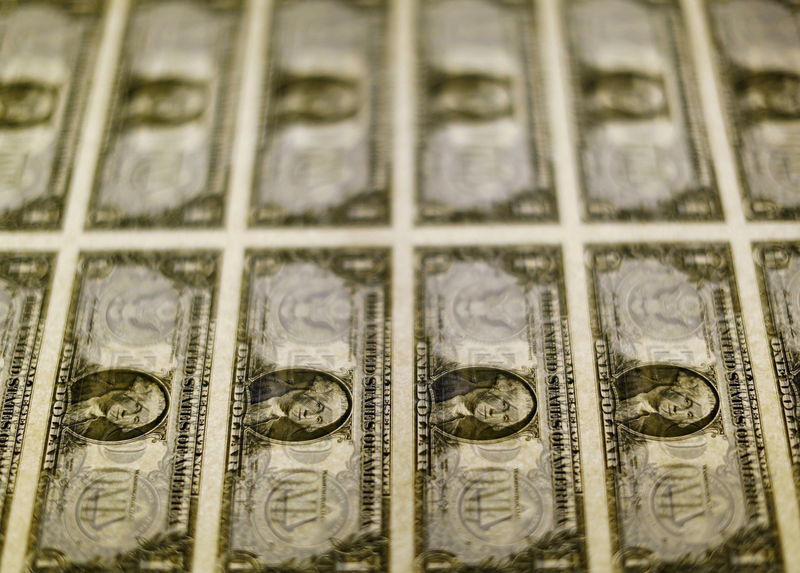Investing.com - The dollar pushed higher against the other majors currencies on Thursday, despite the release of disappointing U.S. jobless claims and housing sector data as investors paused amid ongoing concerns over Donald Trump’s policies.
EUR/USD slid 0.74% to 1.0671.
The U.S. Commerce Department said new home sales sank by 10.4% to 536,000 units last month, compared to expectations for a 1.0% drop to 588,000 units.
The report came after the U.S. Department of Labor said that initial jobless claims increased by 22,000 in the week ending January 21 to 259,000 from the previous week’s total of 237,000.
Analysts had expected jobless claims to rise by 13,000 last week.
Investors remained cautious after Trump on Wednesday ordered construction of a U.S.-Mexican border wall and punishment for cities shielding illegal immigrants.
In addition, Trump was expected to sign an executive order in the coming days to block the entry of refugees from Syria and suspend the entry of any immigrants from Muslim-majority Middle Eastern and African countries.
The dollar has been under pressure since Donald Trump’s inauguration last Friday amid concerns over a lack of clarity on his economic policies and fears that his protectionist trade stance could hit corporate profits and act as a drag on growth.
Elsewhere, GBP/USD retreated 0.44% to 1.2579, pulling away from a six-week high of 1.2624 hit overnight.
The pound strengthened earlier, after the U.K. Office for National Statistics said gross domestic product grew by 0.6% in the three months to December, above forecasts of 0.5% and matching the rate of expansion seen the previous quarter.
On an annual basis, the economy grew by 2.2%, slightly faster than the 2.1% growth expected.
USD/JPY rallied 1.24% to 114.71, while USD/CHF edged up 0.10% to 1.0007.
The Australian and New Zealand dollars were weaker, with AUD/USD down 0.57% at 0.7532 and with NZD/USD declining 0.89% to 0.7229.
Earlier Thursday, Statistics New Zealand reported that the consumer price index rose 0.4% in the fourth quarter of 2016, beating expectations for an uptick of 0.3%.
Year-on-year, consumer prices increased by 1.3% in the last quarter, more than the expected 1.2% gain.
Meanwhile, USD/CAD gained 0.24% to trade at 1.3101.
The U.S. dollar index, which measures the greenback’s strength against a trade-weighted basket of six major currencies, was up 0.65% at a four-day high of 100.56, off seven-week lows of 99.77 hit overnight.
